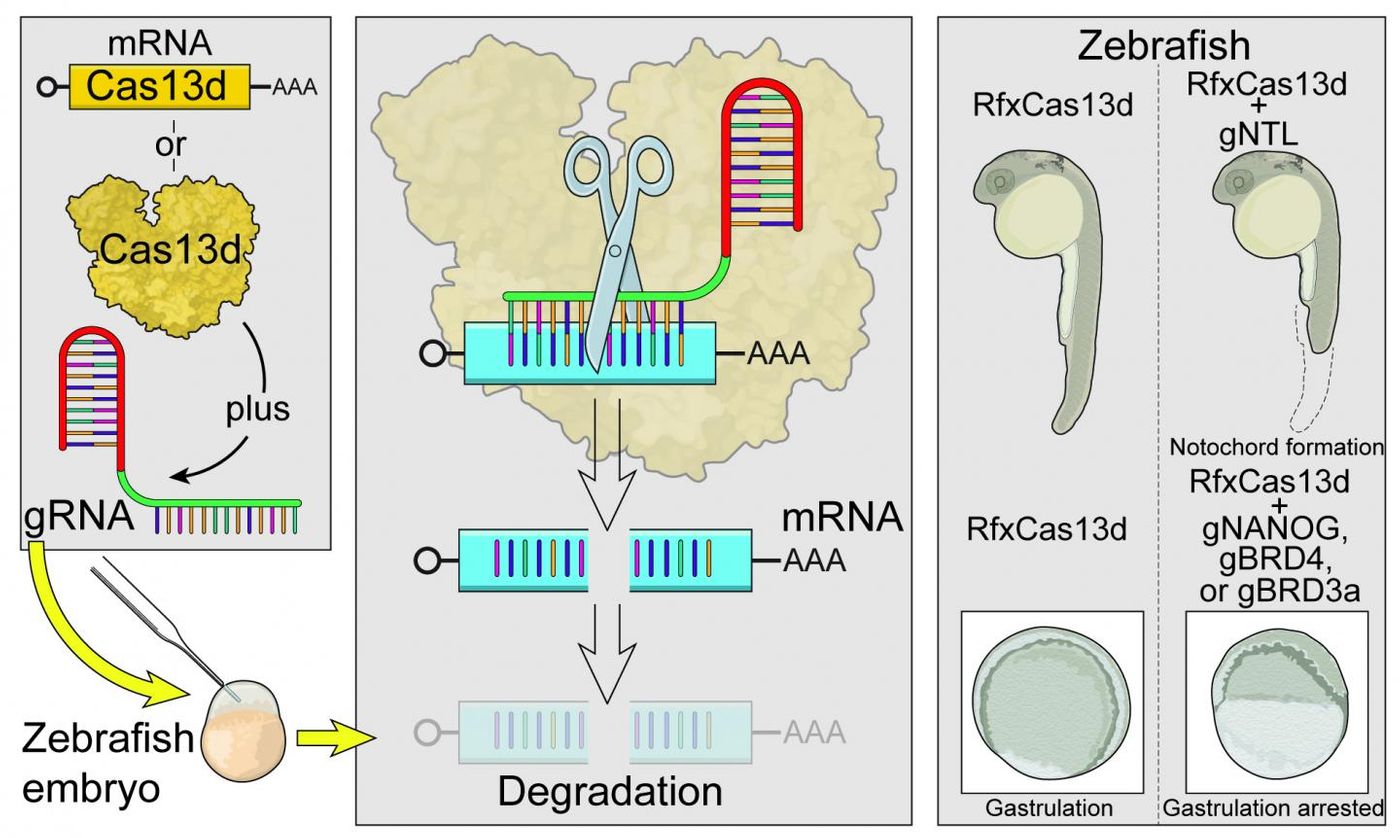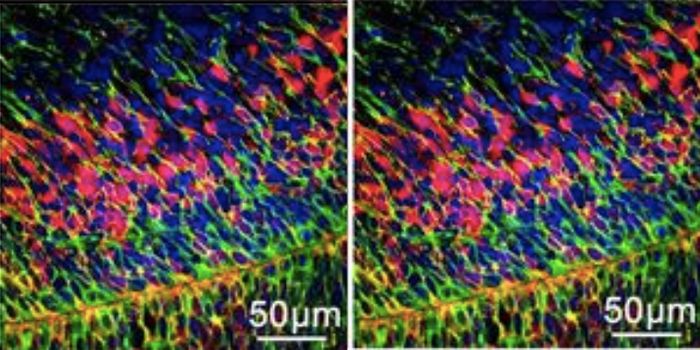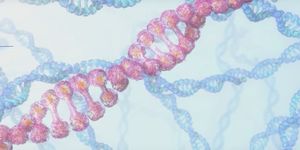Using CRISPR to Silence Essential Developmental Genes
The CRISPR gene-editing tool has changed research and is now making impacts on clinical medicine. It's been known as a genome editor when the technology employs a DNA-targeting enzyme called Cas9. But Cas9 is not the only enzyme that can make cuts in genetic material. Scientists have been exploring how other types of Cas enzymes may be useful.
Reporting in Developmental Cell, researchers have found a way to use a version of an enzyme called Cas13 to target RNA instead of DNA. This way, rather than setting out to make a permanent edit in the genome of an organism (in this work, the researchers used the zebrafish model), a gene can be targeted for knock-down in a different way. The scientists used their tool to target genes that are absolutely essential for a stage of early development; if they had targeted those genes using CRISPR-Cas9, the embryos may not have survived long enough to assess the impact of ablating the gene (which would teach researchers more about its function).
"The exciting thing about this study is not just what we found, but what we can do. We still don't understand how genes jumpstart the earliest stages of development. Now we can find out by targeting their RNA messages, one by one," said study co-leader Ariel Bazzini, Ph.D., an assistant investigator at the Stowers Institute. "We are also very excited about the low cost of the technique. Any lab working with zebrafish or other animal embryos could use this method. Indeed, we have already distributed the reagents and protocol to several labs around the world."
During development, RNA and proteins from mom are carried over into a developing organism, the so-called maternal contribution. CRISPR-Cas9 cannot knock down these genetic messages or proteins, so they play a role in the development of embryos even when their genome is missing the gene.
"That maternal contribution is a mystery that many of us want to solve," said Bazzini.
Learn more about CRISPR techniques that target RNA from the video.
In this study, the scientists assessed four variations of Cas13 that have been used in other studies and determined that in the developing zebrafish, the one they called RfxCas13d was the only one that successfully targeted RNA. The team was able to show that a variety of RNA could be successfully targeted (as evidenced by the appearance of and molecular data obtained from the treated zebrafish embryos). RNA levels were found to be reduced by an average of about 75 percent.
"The CRISPR-RfxCas13d system is an efficient, specific, and inexpensive method that can be used in animal embryos in a comprehensive manner," said study co-leader Miguel A. Moreno-Mateos, Ph.D., a professor at Pablo de Olavide University. "With this tool, we will help to understand fundamental questions in biology and biomedicine."
"We think this tool could have a profound effect on our understanding of infertility and developmental problems in general," added Bazzini.
Sources: AAAS/Eurekalert! Via Stowers Institute for Medicine, Developmental Cell









